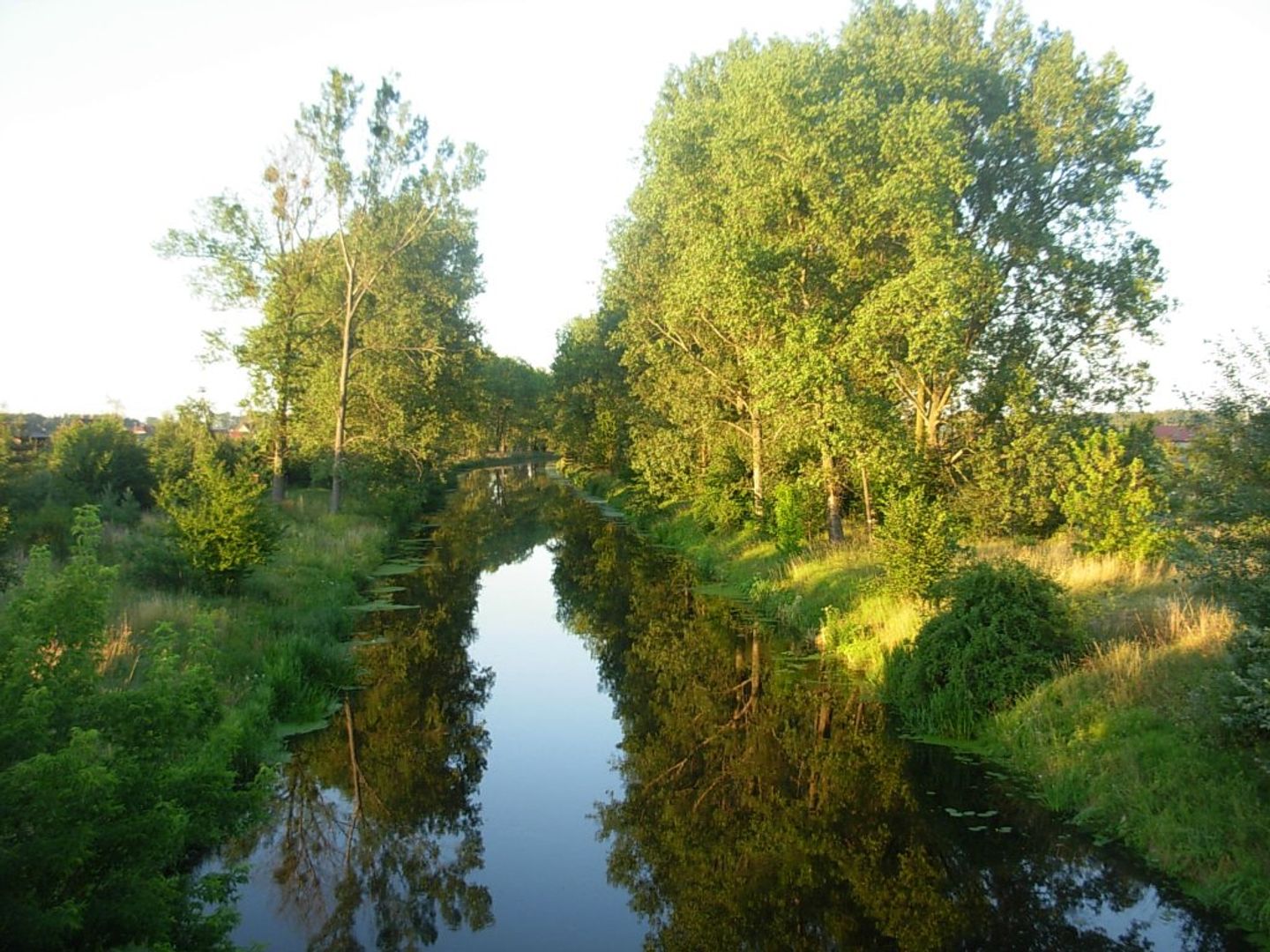Upper Noteć Canal
6.05

Overview
The Upper Noteć Canal is a navigable canal in the Kuyavian-Pomeranian Voivodeship, opened in 1882, which constitutes an important element of the waterway system. It is 25 km long and connects the Bydgoszcz Canal with Lake Gopło via the upper Noteć River. The canal was built to supply the Bydgoszcz Canal and to link the lakes of Kuyavia and Greater Poland with the water routes of the Oder and Vistula rivers. Along the route, there are six single-chamber locks that allow vessels to overcome a drop of 13.68 m. The Upper Noteć Canal, with a width of 15–20 m and a depth of 0.80 to 1.20 m, is adapted for vessels with a capacity of up to 150 tons. It is part of the Greater Poland and Kuyavian Loops, and its channel runs through the picturesque area of the Bydgoszcz Noteć Meadows. The history of the canal dates back to the 18th century, when its origins were associated with drainage needs and flood protection. The first project to canalize the upper Noteć appeared in the first half of the 19th century, and construction works were carried out from 1878, during which locks and weirs were built. After completion, the canal gained economic importance, connecting the regions of Kuyavia and Greater Poland with European waterways. Unfortunately, after World War II, the use of the canal declined, and the lack of systematic dredging works led to a significant decrease in the number of passing vessels. In the 21st century, modernization works began, including lock renovations, aimed at restoring the canal's navigational function. Architecturally, the locks, built of concrete, brick, and stone, stand out—they not only serve technical functions but also blend into the landscape. The Upper Noteć Canal is an example of the complex engineering history of the region, symbolizing both economic development and the struggle with the forces of nature. Its picturesque surroundings, including ancient poplar trees and forested sections, attract tourists and nature enthusiasts, confirming the recreational value of this water route.
Location
2025 Wizytor | All Rights Reserved